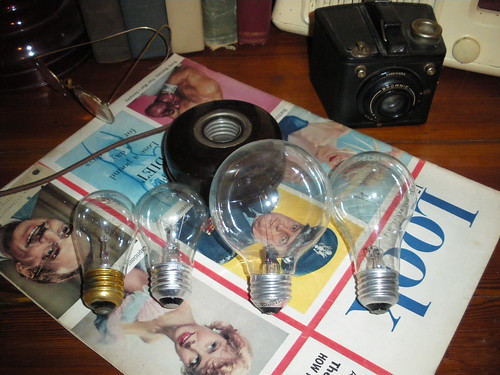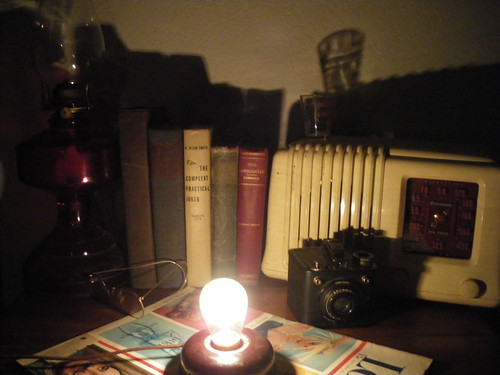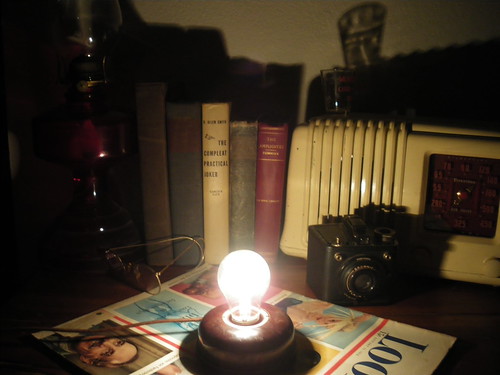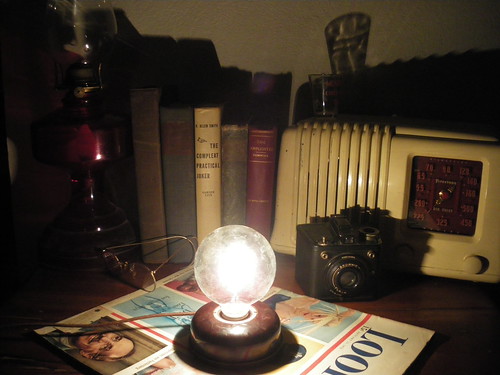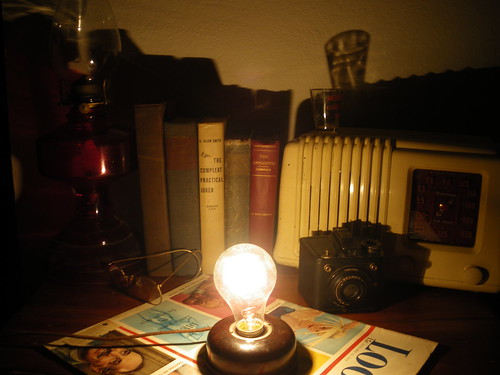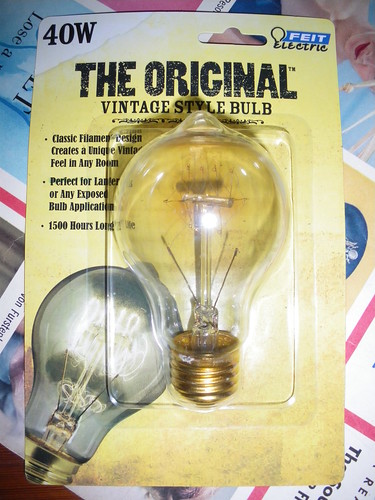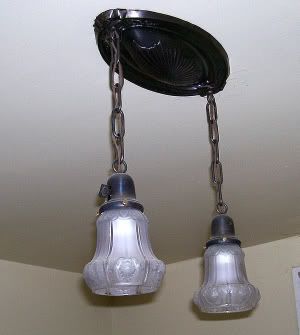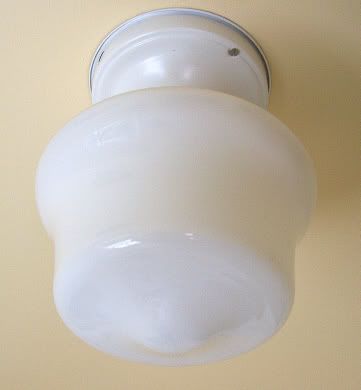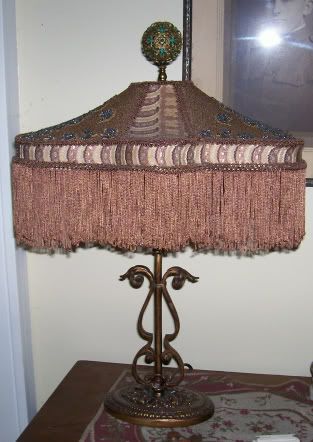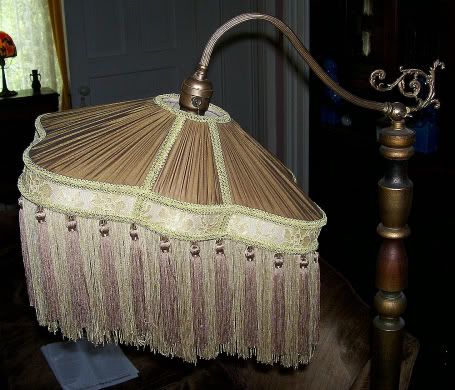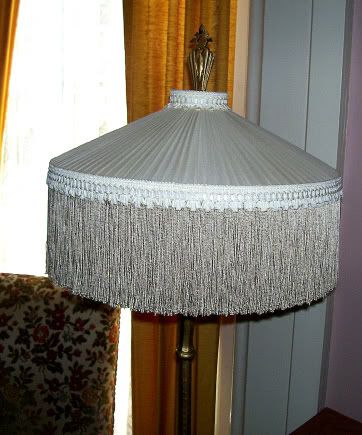poetman
A-List Customer
- Messages
- 357
- Location
- Vintage State of Mind
In most of the Golden Era photos of homes or offices, the lights emit a yellow hue. I know that gaslight does this, but besides a yellow shade or an amber bulb, how can I reproduce this yellow lamp light at home?
Thanks!
Thanks!
